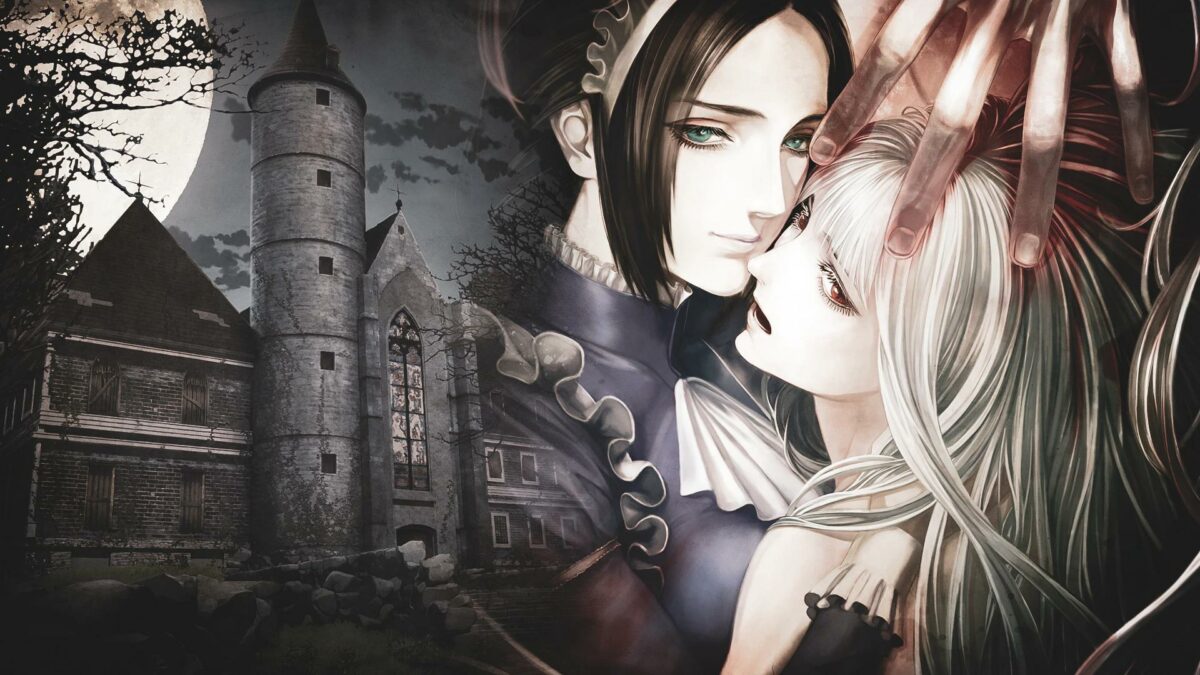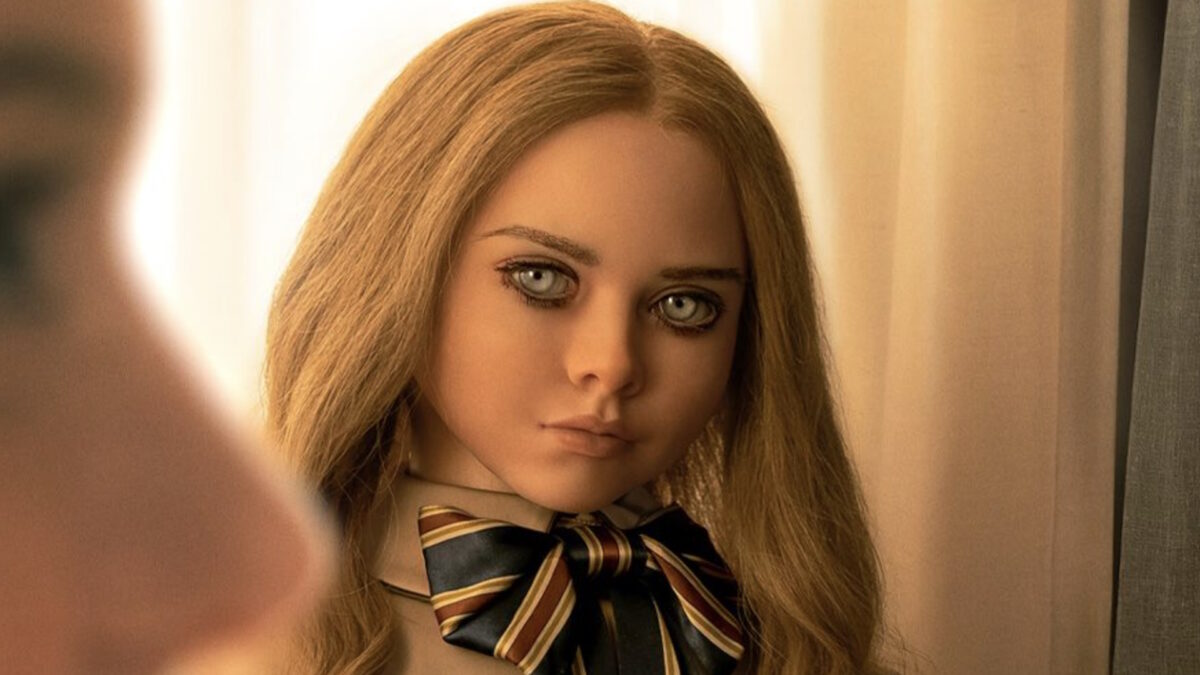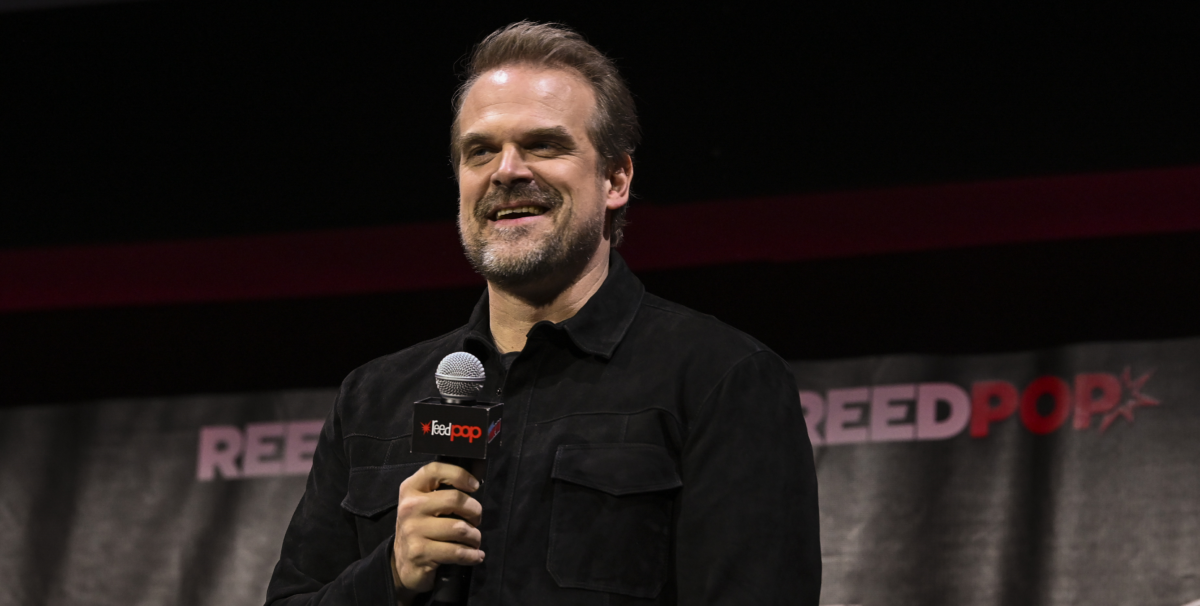After launching its debut title The Town of Light, Italian indie developer LKA is exploring the horror video games genre once again with Martha is Dead. As its predecessor, the game is quite a different beast from your typical horror game, adding a particular touch to an already complex genre. As Luca Dalcò tells FTW, LKA’s aim is not to scare players, but to gently look into the delicate balances of the human psyche, and how this influences how we see the world around us.
A world that, just as with LKA’s debut title, is set in Italy and particularly in Tuscany, territories that are “beautiful and idyllic” but can also be “full of shadows,” according to the director. Theater, superstition, history, language, Covid-19, and technology are just a few of the topics we touched upon in our long chat with Dalco, which you can read below.
This interview has been edited for clarity.

FTW: Did Tuscany and some of its darkest events inspire Martha is Dead’s story? Italy is very little explored when it comes to gaming, so it’s good that you’re using it as a location, but it also seems you wanted to touch upon some unexpected notes from the country.
Luca Dalcò: I like to use my own territory because, naturally, we can have a greater sensitivity about it. Italy, and Tuscany, is a tourist country, often known only for these types of aspects. While these aspects are important, they do not give a complete picture of what our country and, in particular, our region is like. In this sense, I like to represent a more real Tuscany.
Beautiful and idyllic of course, but also full of shadows. We are not surprised by this association, because Tuscany is the birthplace of the most notorious Italian serial killer, as well as many other stories that do not seem to fit in with the beautiful landscape.
You have folklore and superstition, music, and a World War II background that should help recreate a faithful depiction of Italy. Can you tell us something more about that, and how these topics feed into the game?
In the game, we are entering the year 1944, Italy was a poor and rural country. Religion and superstition were very present in the daily life of a lot of people. Being born and growing up in a similar cultural context affects everyone, but especially fragile people who often need footholds and points of reference and end up finding them in religion and superstition. In this sense, these are themes that belong to the protagonist who, although she is not a gullible person and has no particular religious fervor, is deeply influenced by the context in which she grew up.
It was a time when there was little contact with the world outside of the district in which one lived. Consequently, one’s own reality was easily felt to be the only one possible. However, I find it interesting to integrate all these elements into a shocking context such as the war in order to depict a very harsh historical period in which weakness was not understood and not allowed.

Why did you choose to use Italian as the default language for the game, and how was it to be the first indie game to do so?
We are based in Italy and it seemed logical and right to use Italian. Moreover, in the game, languages are an important element. In the game, there are those who only speak and understand Italian, those who also speak German, those who only speak English, etc.
Linguistically it was an exceptional moment too for people who were certainly not used to hearing foreign languages spoken. Giulia’s family in this case is an exception. Her father is German and her mother Italian and the girl is used to hearing and speaking two languages.
These are the reasons why I think playing the game with the original languages is more immersive.
How did you use your theater background, and how do you think it can add some more to how modern games are created?
Our background in theater has been helpful to me in at least two areas. The first is working in teams on creative, but technically complex projects. The second is the environment. In theater, the environment is physically limited and the set design (which I worked on) is necessary to create the required variety of settings. From this point of view, theater and video games really have nothing in common. There is, however, one aspect in which theater is more similar to video games than cinema is. This is the relationship between spectator and environment.
In the design of the theater set, there is no single point of view from which it will be observed. It must therefore be designed taking into account the various possible points of view of the spectators, who will range from the extreme right to the extreme left of the stage, or will be too close to have a good overall view, or too far away to grasp the details. Sitting lower than the stage or definitely higher.
In short, you have to think of a set design that works from all points of view. This also happens in video games. In this case, the player will move during the show, but the fact remains that you have to design the environments as visitable environments, not as photogenic environments for those specific positions and camera movements. The player can be a very bad director and cameraman, but the environment around him or her must also be pleasant and communicate the right emotions. In gaming, more than in any other media, the relationship between user and environment is deep and realistic.

How is horror, as a tool more than a goal, helping you in telling a story rather than just go and scare people?
Our aim is not to scare at all. The aim is: “I want you to experience, as much as possible, the feelings that the protagonist experiences”. Our protagonist goes through extremely painful moments of bewilderment. These situations cannot only be described verbally, with good music to amplify them, but must also have a visual component that reinforces everything. That’s why the use of disturbing and shocking images becomes a very important tool to make you understand how bad this girl feels.
If we start to muffle everything for fear that someone will criticize us, then the idea that what we are experiencing is not so terrible might pass. I would not forgive myself for that. There is no discounting the suffering that comes with mental health problems. Understanding how terrible this suffering is, helps to feel close to those who experience these problems. Of course, it is very important to inform the player with a clear disclaimer so the player can freely choose whether or not to go through the experience. It is also right to do the age rating and to explain the kind of content you will be facing.
You call this “multi-layered narrative” – can you explain what’s that and how it works in the game?
I think that stories, all stories, even banal everyday stories, depend on the point of view from which they are told. If two friends fight over money and we have the opportunity to hear them one after the other, we will have two different stories. I am not saying that one of them is lying. The point of view is subjective, what is being told is the experience of a story, that is, that sequence of events as seen from my point of view. I’m fascinated by the idea that I can somehow put together several different points of view and tell the story at the same time on several levels.
I don’t want to say that I can do it completely and in the best way (I wish!), but I try constantly, it’s a fixation of mine.

Your previous game, The Town of Light, was about the exploration of mental health, a topic that was rarely touched upon in 2016 in gaming. Do you think this has improved since then, and how games can help with that? And how discussing certain topics can help gaming (growing up as a medium, etc.)
Video games need to bring socio-cultural issues to the stage, while remaining in the sphere of entertainment. Video games have nothing to envy other media with a longer career and we can’t even say anymore that video games are a ‘new’ medium, in fact, although constantly evolving, video games are now almost 75 years old!
The time is now and I think there is potentially a big market for it. In cinema, it is well established that the “drama” or “historical” genres are also important genres from a commercial point of view. Why does this happen less in video games? Probably the average age of the players played a role: until 10-15 years ago it was very low, but now it is no longer this way and I can’t understand why there is this resistance to evolve the medium also in this direction. I’ve always wondered about this and it has always been a dream of mine to make a video game (I’m not talking about a docu-game) that tells the history, the culture and the society.
With The Town of Light, I really understood that it is possible and that this game should not be thought of only for a mature audience. We’ve had a lot of very young players write to us to compliment us, and this has been a huge satisfaction because it confirms how much it is that even very young people are interested in this kind of content.
Any lesson you learned from The Town of Light that you’ve found useful when working on Martha is Dead?
How to make a video game! It sounds like a joke, but in fact when we started developing The Town of Light we were all at our first-time game with no previous experience. A sort of madness that miraculously made it to release. I think luck was with us, supported by stubbornness. This is the most important lesson I learned from TTOL.
Seneca said: “It is not because things are difficult that we dare not do them. It is because we do not dare to do them that things are difficult.” With TTOL I have realized how profoundly true and enlightening this phrase is, at least in certain circumstances. A lot of stubbornness and not becoming victims of the difficulties that making a video game constantly presents. That’s the lesson of TTOL.

With Martha is Dead you’re looking into “loss and relationships” (quoting your Steam page). How are you doing that, and is there anything gaming-specific, that you can achieve only with this medium, allowing you to do so?
Everything is seen through Giulia’s eyes. Everything. The losses and their weight, sometimes unbearable, sometimes unexpectedly light. Relationships and the misunderstandings that are part of them and how much of ourselves we put in these relationships, making them sometimes acts of generosity, other times acts of pure selfishness. I don’t want a good character because she is fragile. Not at all.
I want a real character. Being fragile does not mean being better or worse. Metabolizing this concept would erase any stigma. Attributing special qualities to those whom the distorted culture we come from makes us perceive as different only creates a different kind of stigma that, although not violent or marginalizing, continues to reinforce diversity as a division, where there is no diversity.
The game was originally scheduled for 2021, but was recently delayed. Why is a developer or publisher forced to delay a game, and did Covid have an impact on your original schedule for the game?
If the game is not ready or its release is not ready, then it has to be postponed if it is financially viable. I think it is almost impossible to predict when the development of a game will have reached the right maturity to be released. Fortunately, our publisher, Wired Productions, feels exactly the same way about this issue as we do. These projects are so complex and so dynamic (for us small studios), that planning them in every detail would be impossible and damaging. A lot is taken out, added and changed in the process.
This is a marvelous possibility if we think of making movies where the margins are very small once you turn the camera on. The downside is that we take advantage of it a bit and the delays pile up! Martha was probably less than half of what it actually is now!

This is LKA’s first time working on PS5 and Xbox Series X|S. Anything in particular that those two next-gen consoles allowed you to achieve, and any challenge you had to face when working on them?
I know we’re going to have to come up with a bunch of acronyms for new technologies now, but I honestly experienced the ability to use huge textures as the biggest step forward of the current generation over the previous one. We can do this thanks to both graphics processing power and disks that load everything quickly and allow advanced textures, streaming.
In games like Martha is Dead, textures are crucial. I’m not saying we’ve made them a little bit bigger. The step is macroscopic. Textures at eight times the resolution of what was used on old-gen can dramatically change the visual impact of the game, way more together with new techs of course!
Martha is Dead is releasing on Feb. 24, 2022, and is published by Wired Productions for PC, PlayStation 5, and Xbox Series X|S.
Written by Paolo Sirio on behalf of GLHF.
[listicle id=1298189]









